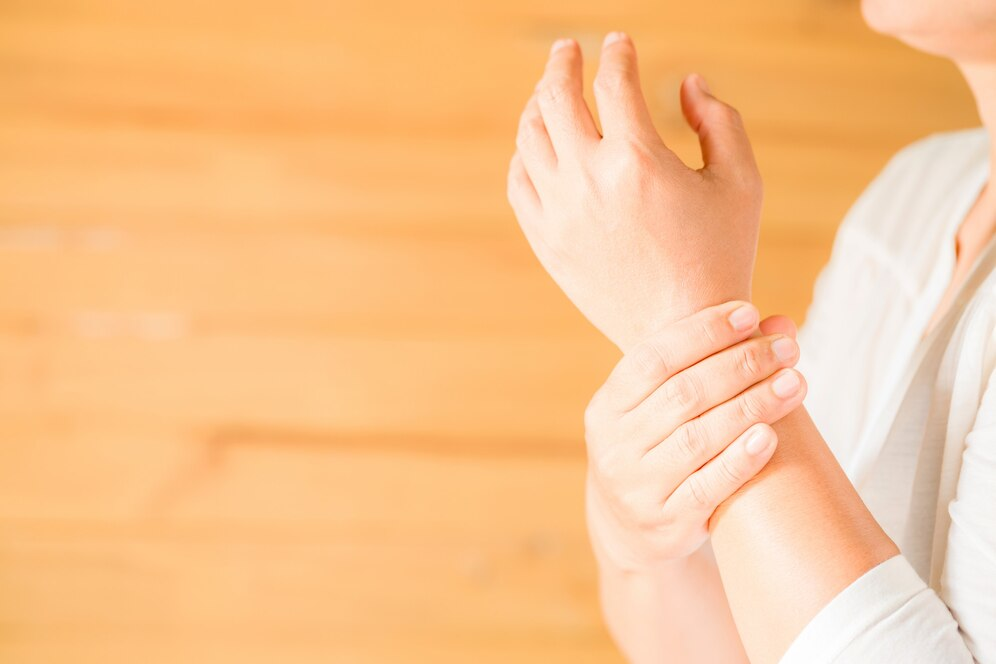Osteoarthritis, a degenerative joint disease, affects millions of individuals worldwide, causing pain, stiffness, and limited mobility. Traditional treatments include medication, physical therapy, and lifestyle changes. However, water therapy, also known as aquatic therapy, offers a unique and effective approach to managing osteoarthritis symptoms. This guide examines the benefits of water therapy, its mechanisms, and practical tips for incorporating it into an osteoarthritis management plan.
1. Understanding Osteoarthritis:
1.1. Causes and Risk Factors:
-
Age: Increased risk with advancing age.
-
Joint Injury: Previous injuries can predispose joints to osteoarthritis.
-
Genetics: Family history can play a role.
-
Obesity: Excess weight puts additional stress on joints.
1.2. Symptoms of Osteoarthritis:
-
Joint Pain: Persistent pain, especially with movement.
-
Stiffness: Often worse after periods of inactivity.
-
Swelling: Joints may become swollen and tender.
-
Reduced Range of Motion: Limited flexibility and movement in affected joints.
2. Benefits of Water Therapy:
2.1. Buoyancy and Reduced Impact:
-
Weightlessness: Water supports body weight, reducing stress on joints.
-
Reduced Pain: Less impact on the joints alleviates pain during exercises.
2.2. Resistance and Strengthening:
-
Natural Resistance: Water provides gentle resistance, enhancing muscle strength without overloading joints.
-
Balanced Exercise: Encourages balanced muscle strengthening, crucial for joint support.
2.3. Improved Mobility and Flexibility:
-
Range of Motion: Warm water helps relax muscles, increasing joint flexibility.
-
Ease of Movement: Water’s buoyancy allows for greater freedom of movement with less pain.
2.4. Enhanced Circulation:
-
Blood Flow: Warm water promotes better circulation, aiding in pain relief and healing.
-
Reduced Swelling: Improved blood flow can help reduce joint swelling.
3. How Water Therapy Works:
3.1. Types of Water Therapy Exercises:
-
Walking and Jogging: Walking or jogging in water provides cardiovascular benefits without joint stress.
-
Strength Training: Using water weights or resistance bands to strengthen muscles.
-
Flexibility Exercises: Stretching exercises to enhance range of motion.
-
Aerobics: Water aerobics classes for a full-body workout.
3.2. Warm Water Benefits:
-
Muscle Relaxation: Warm water helps to soothe and relax tense muscles.
-
Pain Relief: Heat from the water can help reduce pain and stiffness.
3.3. Hydrostatic Pressure:
-
Support and Compression: The pressure exerted by water supports the body and reduces joint swelling.
-
Pain Reduction: Hydrostatic pressure can also help reduce pain by providing gentle compression.
4. Incorporating Water Therapy into Your Treatment Plan:
4.1. Finding a Facility:
-
Local Pools: Many community centers and gyms offer aquatic therapy classes.
-
Specialized Centers: Look for facilities that specialize in aquatic therapy for arthritis.
4.2. Professional Guidance:
-
Physical Therapists: Work with a physical therapist who specializes in water therapy.
-
Custom Programs: Develop a personalized water therapy program tailored to your needs.
4.3. Regular Sessions:
-
Consistency: Regular sessions, ideally 2-3 times per week, provide the best results.
-
Progress Tracking: Monitor progress and adjust the program as needed.
4.4. Home Exercises:
-
Portable Pools: Consider a portable pool or hot tub for home use.
-
Simple Exercises: Perform simple exercises such as walking or leg lifts in water.
5. Tips for Safe Water Therapy:
5.1. Warm-Up and Cool-Down:
-
Preparation: Always warm up before starting exercises and cool down afterward to prevent injury.
-
Gentle Movements: Start with gentle movements and gradually increase intensity.
5.2. Hydration:
-
Stay Hydrated: Drink plenty of water before and after sessions to stay hydrated.
5.3. Appropriate Attire:
-
Swimwear: Wear comfortable swimwear and consider water shoes for better grip and support.
5.4. Listen to Your Body:
-
Pain Signals: Pay attention to pain signals and avoid overexertion.
-
Adjust Intensity: Modify exercises based on comfort levels and progress.
Conclusion:
Water therapy is an effective, low-impact treatment for alleviating the symptoms of osteoarthritis. By taking advantage of the buoyancy, resistance, and warm water benefits, individuals can reduce pain, improve mobility, and enhance their overall quality of life. Consult with healthcare professionals to create a personalized water therapy plan and integrate it into your comprehensive osteoarthritis management strategy.




